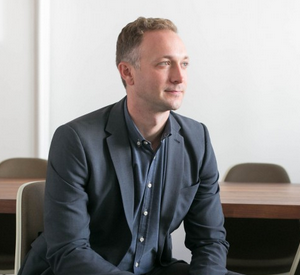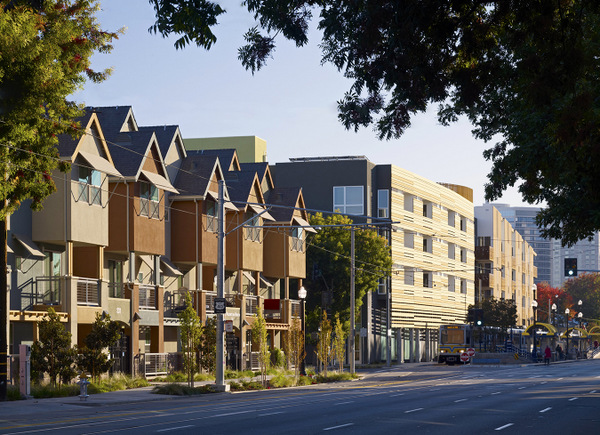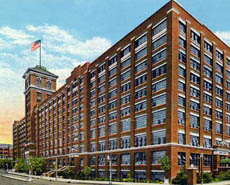Western Focused
LocalConstruct Grows + Thrives
Casey Lynch and Mike Brown were graduate school classmates at UCLA when they started their real estate investment and development company, LocalConstruct, with limited funds and bona fide sweat equity. “We bought a $55,000 condominium in Fontana, Calif. that we painted and renovated ourselves. We were at Home Depot, buying our own supplies,” recalled Lynch. […]


